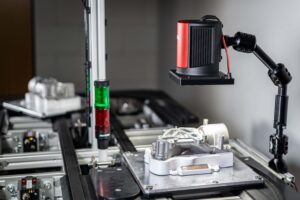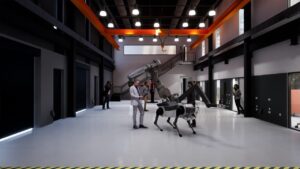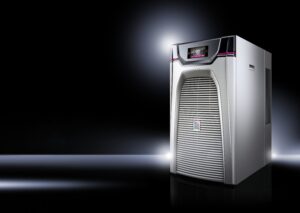Tomorrow’s Engineers Week, now in its eighth year, has come to a close with the announcement of a new online hub to provide information and guidance to those organisations supporting and inspiring young people into engineering careers.
The new online resource, due to go live later this month, will provide free advice and guidance, sourced from across the engineering community, to support practitioners in providing young people with engineering careers inspiration.
The site will cover a range of topics, from suggestions on how to ensure an inclusive approach and develop engaging outreach activities to ways to survey young people.
The hub is also expected to provide support to signatories and supporters of the new Tomorrow’s Engineers Code which was launched in October and is now managed by EngineeringUK.
The Code is a new approach to engagement, with Professional Engineering Institutions, FTSE 100 corporates, SMEs, government departments and universities working towards common goals to increase the diversity and number of young people entering engineering.
Signatories to the Code make four pledges about their approach to funding, designing, delivering, and learning from engineering-inspiration activities.
The announcement comes after a week of activity designed to address concerns that since March 2020, over three quarters (76%) of 11-19 year olds have not accessed formal careers activities.
A packed calendar saw engineering institutions, employers and schools come together to deliver inspiring activity to show young people the vital importance of engineering careers and deliver advice about how to become an engineer in the future.
Dr Hilary Leevers, Chief Executive of EngineeringUK, said: “We would like to thank the thousands of schools, employers and professional engineering institutions that have come together to make Tomorrow’s Engineers Week a huge success.
“Let’s build on this week of collective activity to ensure that all young people get the support they need to be inspired by and understand more about the thousands of future engineering roles available in infrastructure, decarbonisation and maintenance projects to upgrade our hospitals, schools and road network, make public buildings greener and help the UK achieve its aspirations of achieving Net Zero by 2050.
“With the framework provided by the Tomorrow’s Engineers Code and the information and guidance shortly available via the online hub, the engineering community will be in a great position to achieve the collective impact needed to see an increase in the number and diversity of young people entering engineering careers.”
For more information, visit www.tomorrowsengineers.org.uk/teweek.
 Instrumentation Monthly Test | Measurement | Control
Instrumentation Monthly Test | Measurement | Control











